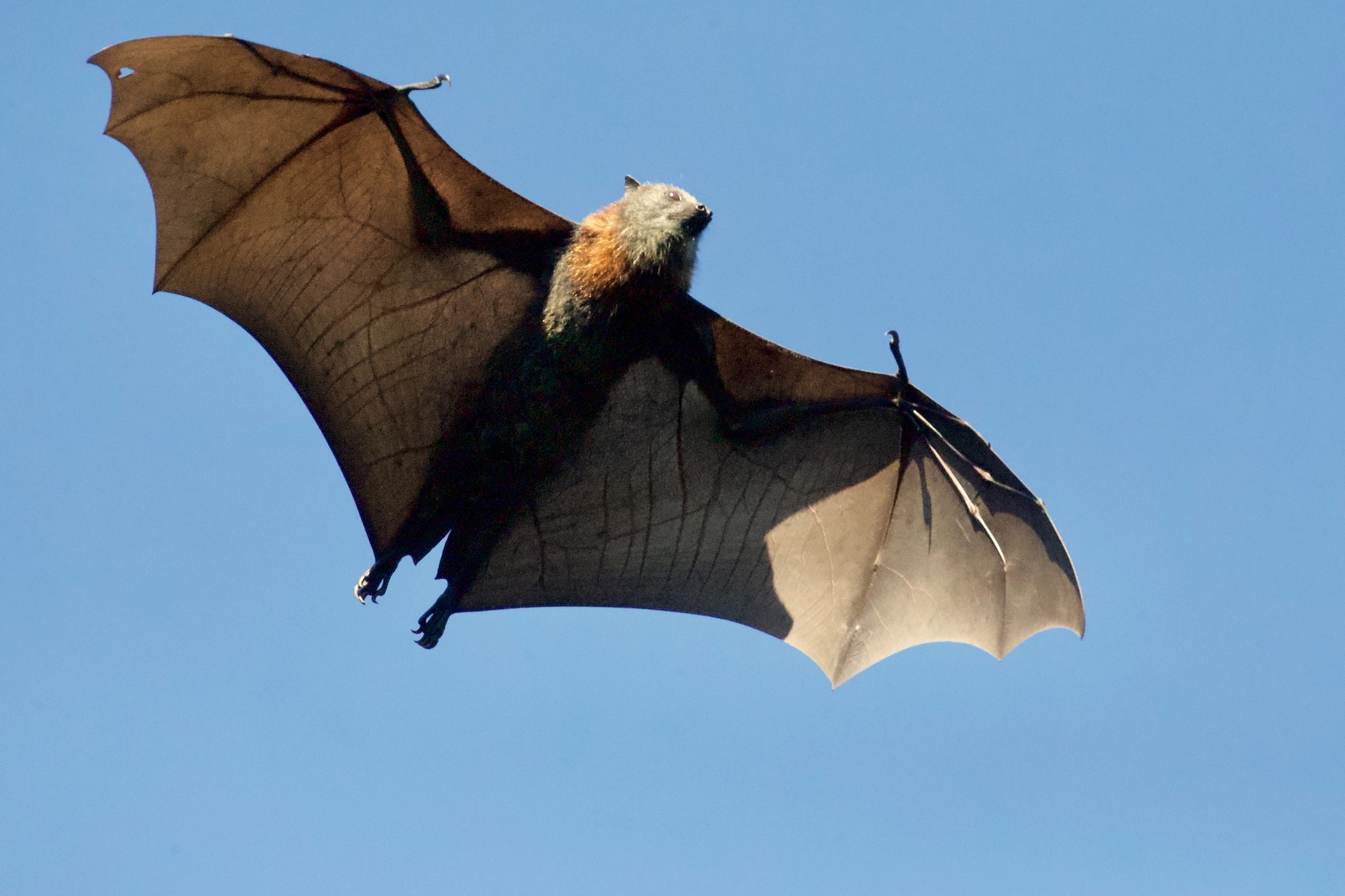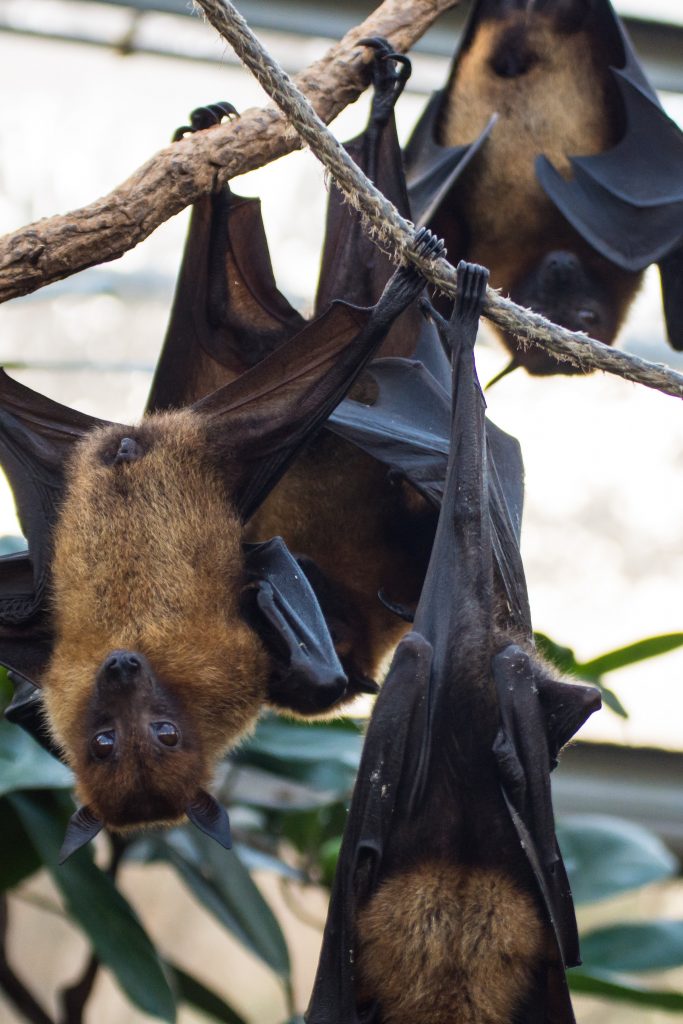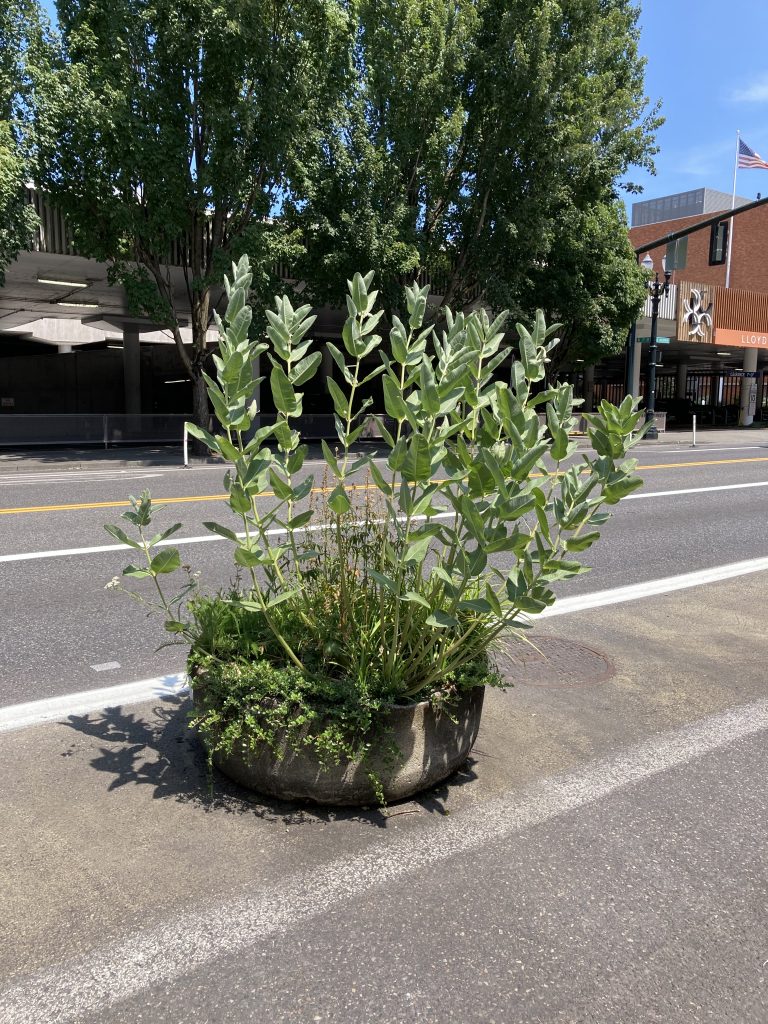Happy Bat Week! Honoring Our Favorite “Spooky” Mammals

Although “Dracula” may have given bats a bad reputation, the fact that they feed on insects has been proven to be very beneficial for laypeople and farmers alike, saving the latter billions of dollars. They also help rid gardens and greenspaces of pests that sometimes carry diseases, such as mosquitoes and flies. Not only that, but several species play a crucial role in many pollinator-dependent ecosystems, directly pollinating over 500 crops worldwide. Additionally, bat droppings are rich with nutrients that greatly benefit the soil, leading to healthier flowers and crops.

We know it may be what many refer to as “spooky season”, but bats really aren’t as spooky as they have been made out to be. In addition to the whole “Dracula” concept, there are several other false beliefs that are held by many that add to the dreadful reputation that bats tend to have. Some believe that they are flying mice which, according to Bat Conservation International, is false because they are more closely related to humans. Some also are fearful of bats due to the belief that they feed on blood, which is only true for three species out of 1,300. Only one out of these three species targets mammals and all of them live in Latin America. Additionally, although some bats contract rabies, bats aren’t at a higher risk for contracting the disease compared to other mammals. If you do happen to spot a bat that is behaving oddly, such as approaching people, crawling on the ground, or flying during the day, report sightings to the Oregon Department of Fish and Wildlife or your local health department where professionals will be available to advise you on the best steps to take.
Unfortunately, the species as a whole is in danger in large part due to a disease called White Nose Syndrome (WNS), a fungal disease that grows on their skin and wakes them up while they’re hibernating. Being repeatedly woken up during the hibernation period depletes their winter fat storage and leads to starvation. Something that contributes to the deadliness of this disease for bats is the fact that the fungus needs high humidity and low temperatures to survive which is the type of conditions they commonly inhabit-in caves. Millions of bats in North America alone have fallen to the disease since it was originally documented in a cave in New York in 2007. WNS has spread to 30 U.S. states and five Canadian provinces since then and is reaching the west coast. However, bats in urban areas are less affected by the disease because they usually hibernate in man-made structures that stay warmer than caves. Migratory species such as the Hoary Bat do not spend the same amount of time in caves as bats that hibernate so rarely fall prey to the fungus. Due to more opportunity and less competition, it is possible that some of these urban and migratory bats could begin to enter the realm of forest and cave-dwelling bats, serving as the saving grace for white-nose syndrome.

Luckily, that means that in cities like Portland, neighborhoods like Lloyd can play an important role in supporting these urban-dwelling bats and creating a more diverse and healthy urban ecosystem. This includes creating habitats such as bat houses and providing pollinator-attracting plants. Plants such as evening primrose and milkweed attract night pollinators like moths, which are an integral part of the diet of bats. Another tip is to use plants that bloom late in the day, are scented at night, and are lighter in color. Additionally, cutting out the huge threat, pesticides, which can affect a bat’s ability to navigate using echolocation, can be very helpful.
If you’re feeling extra motivated and ready to help out these awesome critters, (I mean, why wouldn’t you want to?) consider building a bat house! Providing a cozy habitat for these creatures can prevent them from living in attics, can help cut down the pest population, and provides free dropping fertilization for gardens. This will help give Oregon bats a greater chance for survival since habitat loss is a leading cause of their population decline. You can read more about building bat houses in Oregon State University’s Create Roosts for Bats in Your Yard Guide.

If you’ve read this article, just by educating yourself about this wonderful species you are taking a step in the right direction to protect their livelihood. So why not take it a step further and implement one of the above-mentioned tactics? Or do you think that Peace Memorial Park’s redesign should include a bat house? Let us know!
We learned lots of these bat facts from Kym Pokorny’s “Don’t let scary reputation fool you: Beneficial bats are great for gardens” article, Dana Davidsen’s “Are Urban Bats the Future?” blog, and Julia Babb’s “Bats as Pollinators” article on the Pollinator Project Rogue Valley website. We encourage you to read these articles and posts to learn even more about bats! Happy spooky season everyone, from us, and the bats!
Tags: Bats, Pollinator Placemaking